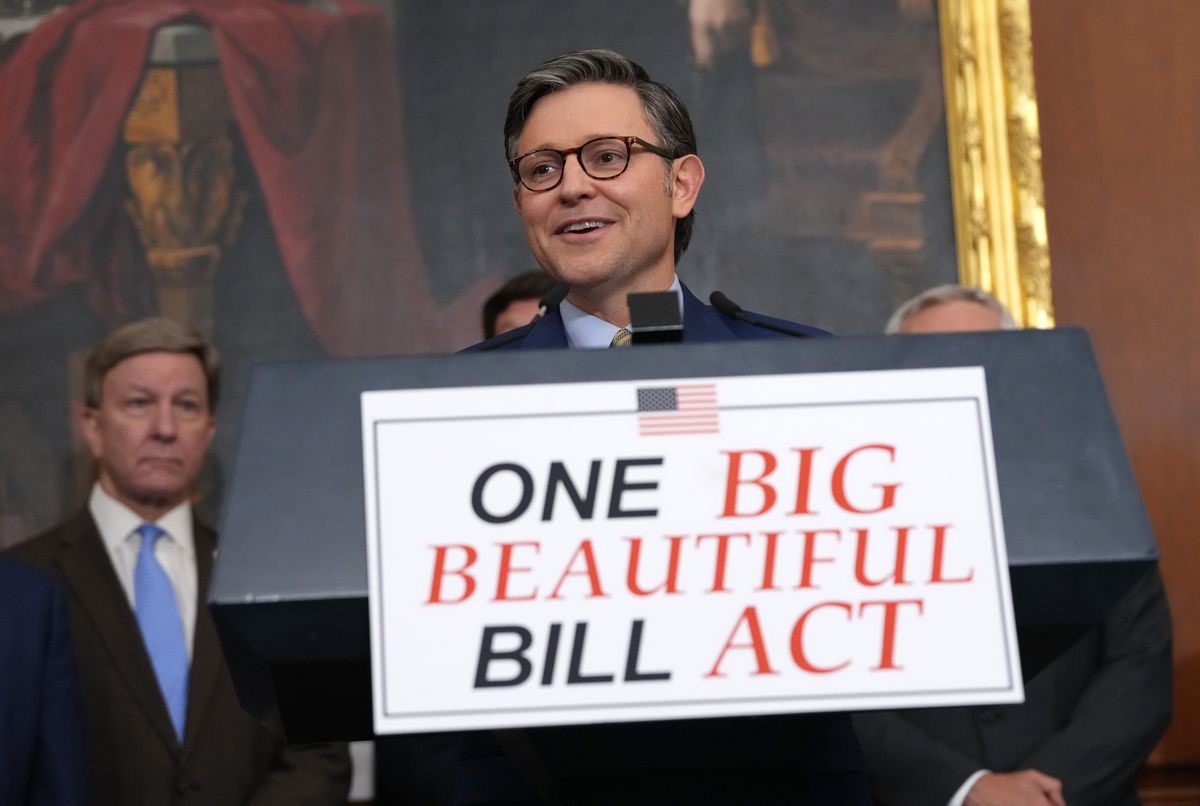US Public Health Crisis: How Federal Funding Cuts Are Hitting Communities Hard
A recent report by the Associated Press (AP) has shed light on a concerning trend: the detrimental impact of federal public health funding cuts across the United States. State and local health departments, the frontline defenders against disease and promoters of community well-being, are feeling the squeeze. The report highlights a worrying decline in essential services and a growing vulnerability to public health threats.
The Reliance on Federal Support
For years, the U.S. Centers for Disease Control and Prevention (CDC) has been a crucial pillar of the nation’s public health infrastructure. A significant portion – approximately 80% – of the CDC’s budget is channeled to state and local health departments. This funding isn't just about money; it's about expertise, resources, and collaborative support that empowers these local entities to effectively address public health challenges.
The Impact of Cuts: A Ripple Effect
The AP report details how these cuts are manifesting in communities nationwide. We're seeing reduced staffing, curtailed programs, and delayed responses to outbreaks. Here's a breakdown of the key consequences:
- Reduced Disease Surveillance: Early detection of outbreaks is critical. Funding cuts are crippling the ability of local health departments to monitor and track diseases effectively, leaving communities vulnerable to rapid spread.
- Diminished Preventive Services: Programs focused on preventing chronic diseases like diabetes and heart disease are facing severe limitations. This impacts not only individual health but also increases healthcare costs in the long run.
- Weakened Emergency Preparedness: The ability to respond to public health emergencies, such as pandemics or natural disasters, is being compromised. Reduced training and resources leave communities ill-prepared for crises.
- Impact on Vulnerable Populations: Cuts disproportionately affect marginalized communities who rely heavily on public health services for access to care and health education.
Beyond the Numbers: Real-Life Stories
The AP report doesn't just present statistics; it shares the stories of individuals and communities struggling with the consequences of these cuts. From reduced vaccination clinics to shuttered health education programs, the human cost is undeniable. These stories underscore the importance of investing in public health – it's not just an expenditure; it's an investment in the well-being of our nation.
The Path Forward: Reinvesting in Public Health
Experts warn that the current trajectory is unsustainable. Reversing these funding cuts and reinvesting in public health is vital for protecting communities and building a healthier future. This requires a multi-faceted approach, including:
- Increased Federal Funding: Restoring and expanding CDC funding to state and local health departments.
- Strengthening Partnerships: Fostering collaboration between federal, state, and local agencies.
- Prioritizing Preventive Care: Shifting the focus towards proactive health initiatives that address the root causes of disease.
- Addressing Health Disparities: Targeting resources and programs to communities with the greatest need.
The AP report serves as a stark reminder that public health is a shared responsibility. Ignoring the warning signs will only lead to greater challenges and a less healthy nation. It's time to prioritize the health and well-being of all Americans by ensuring that our public health systems are adequately funded and equipped to meet the challenges ahead.





